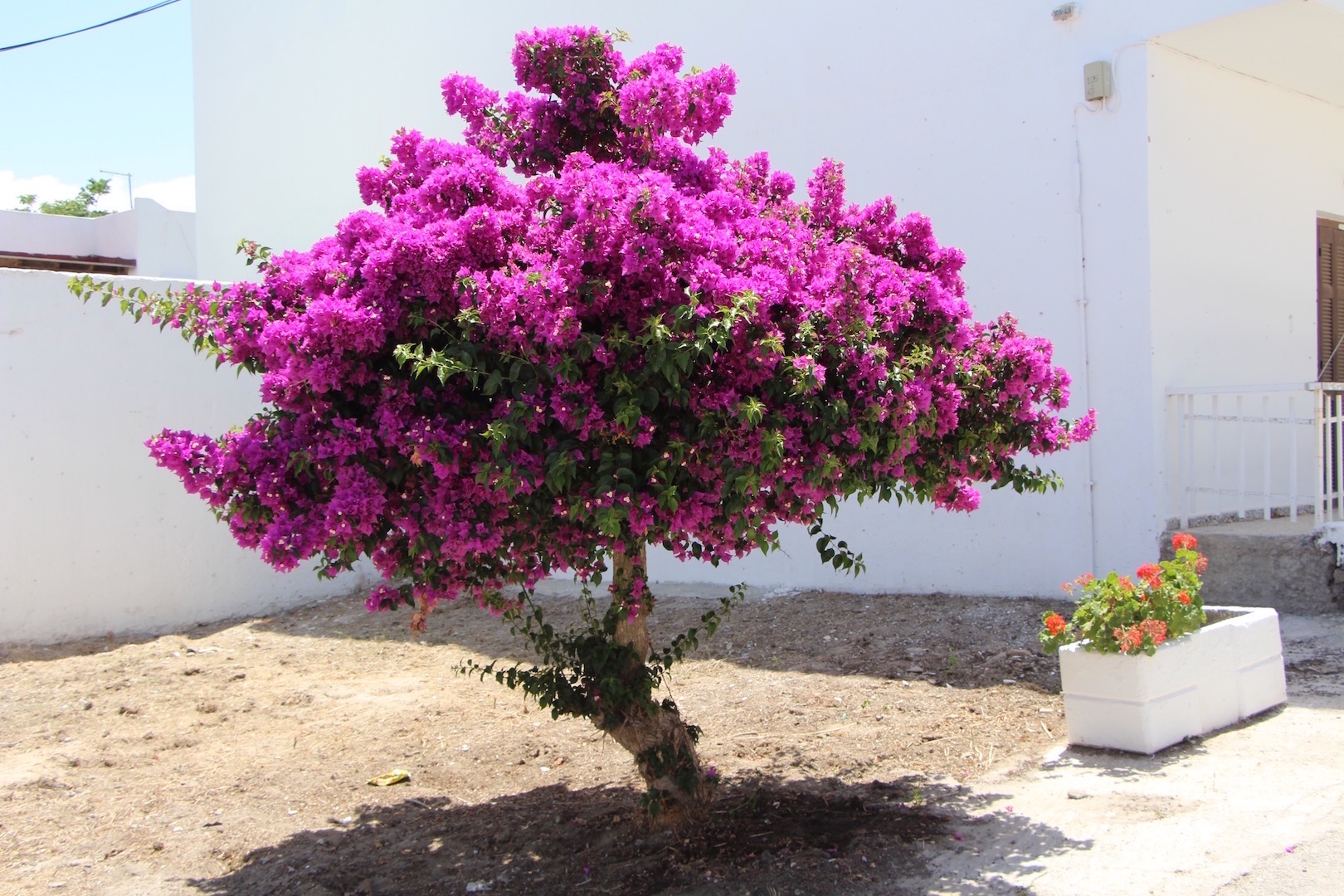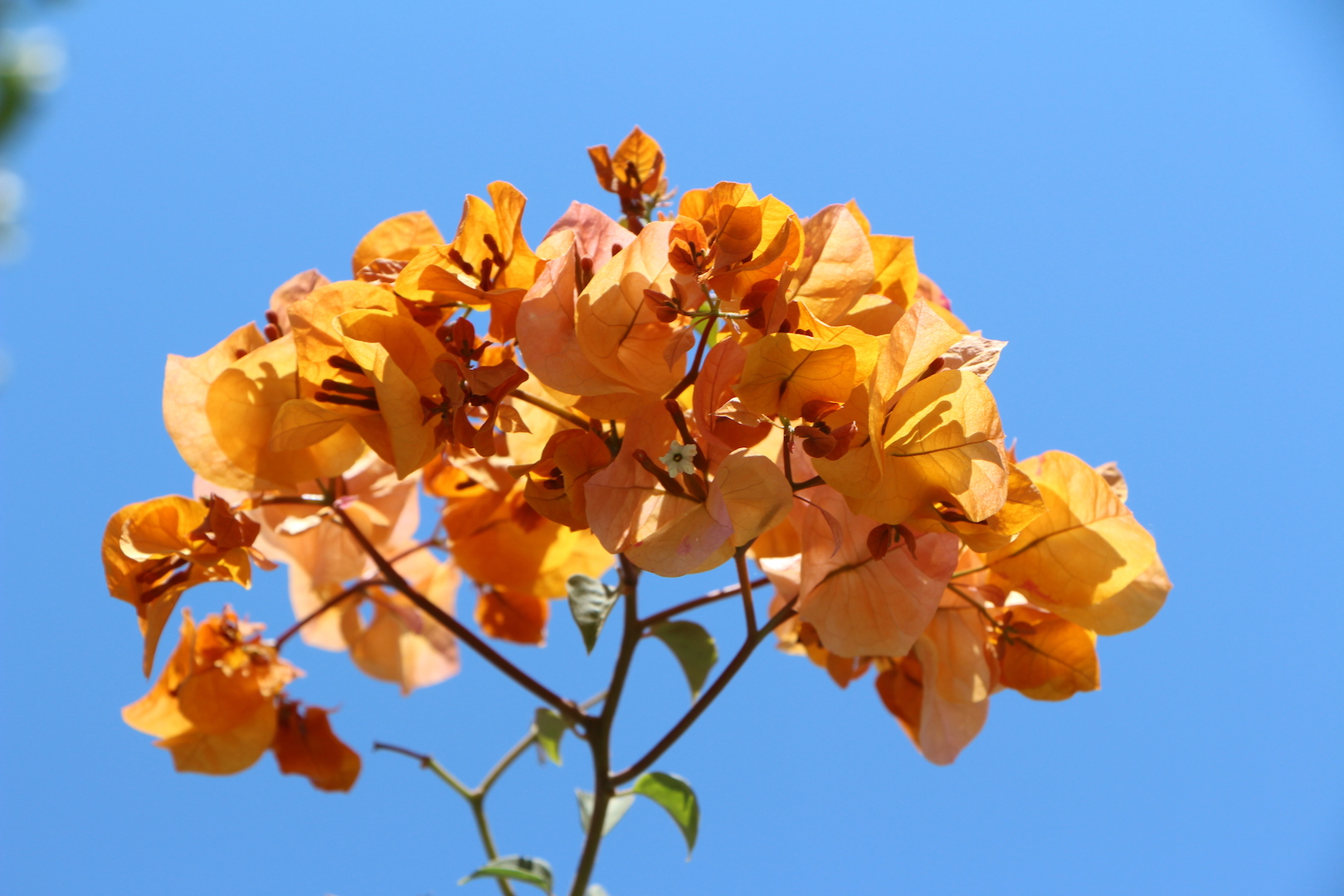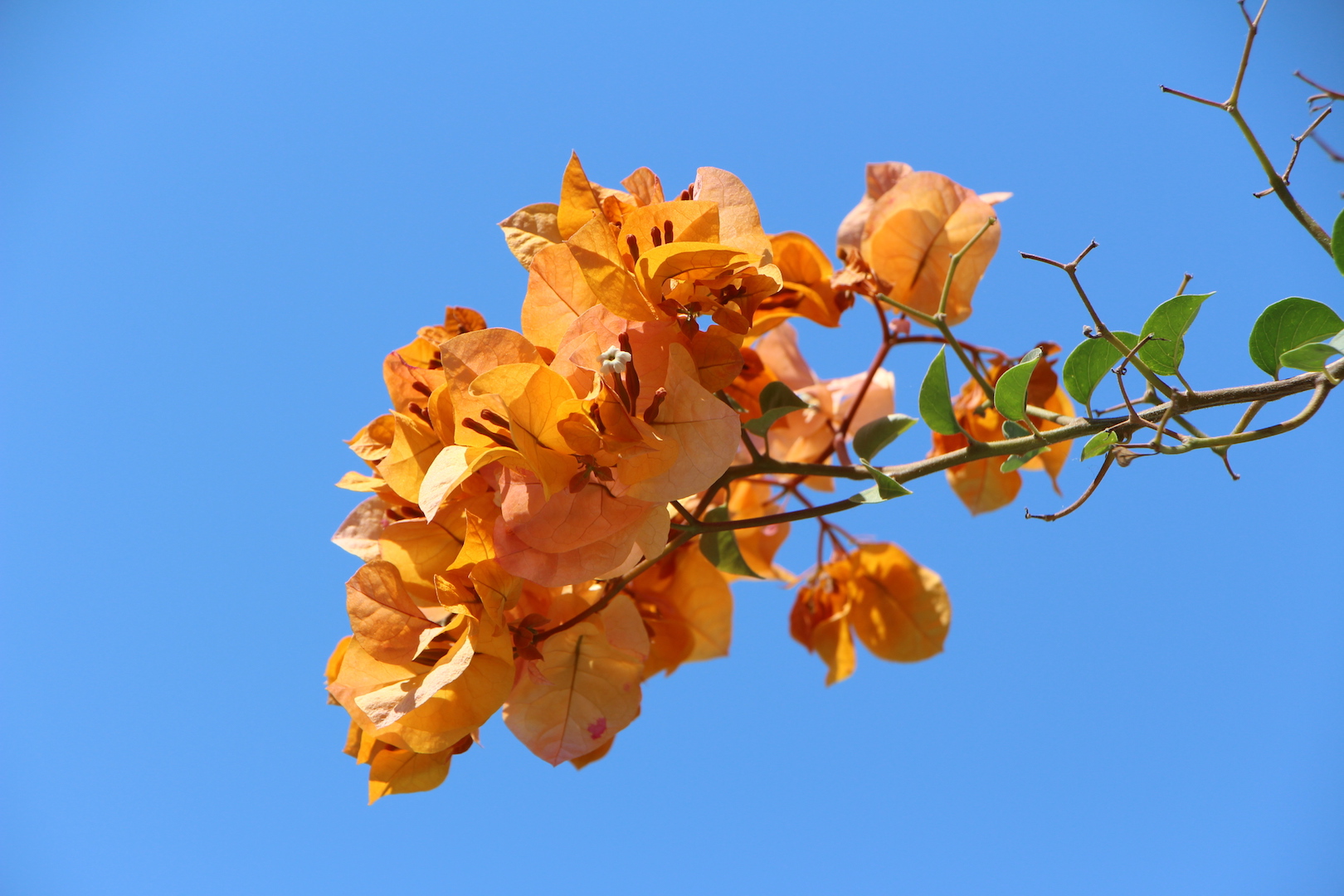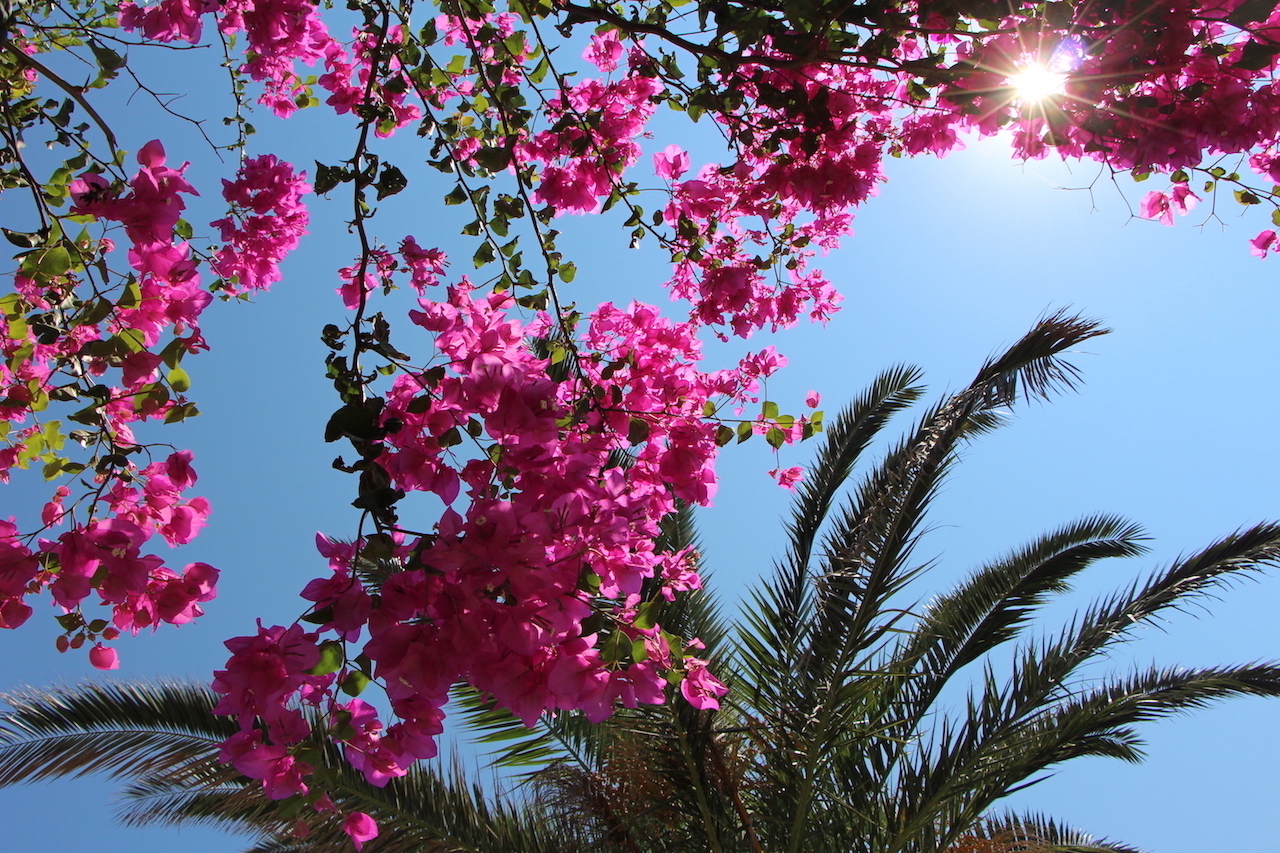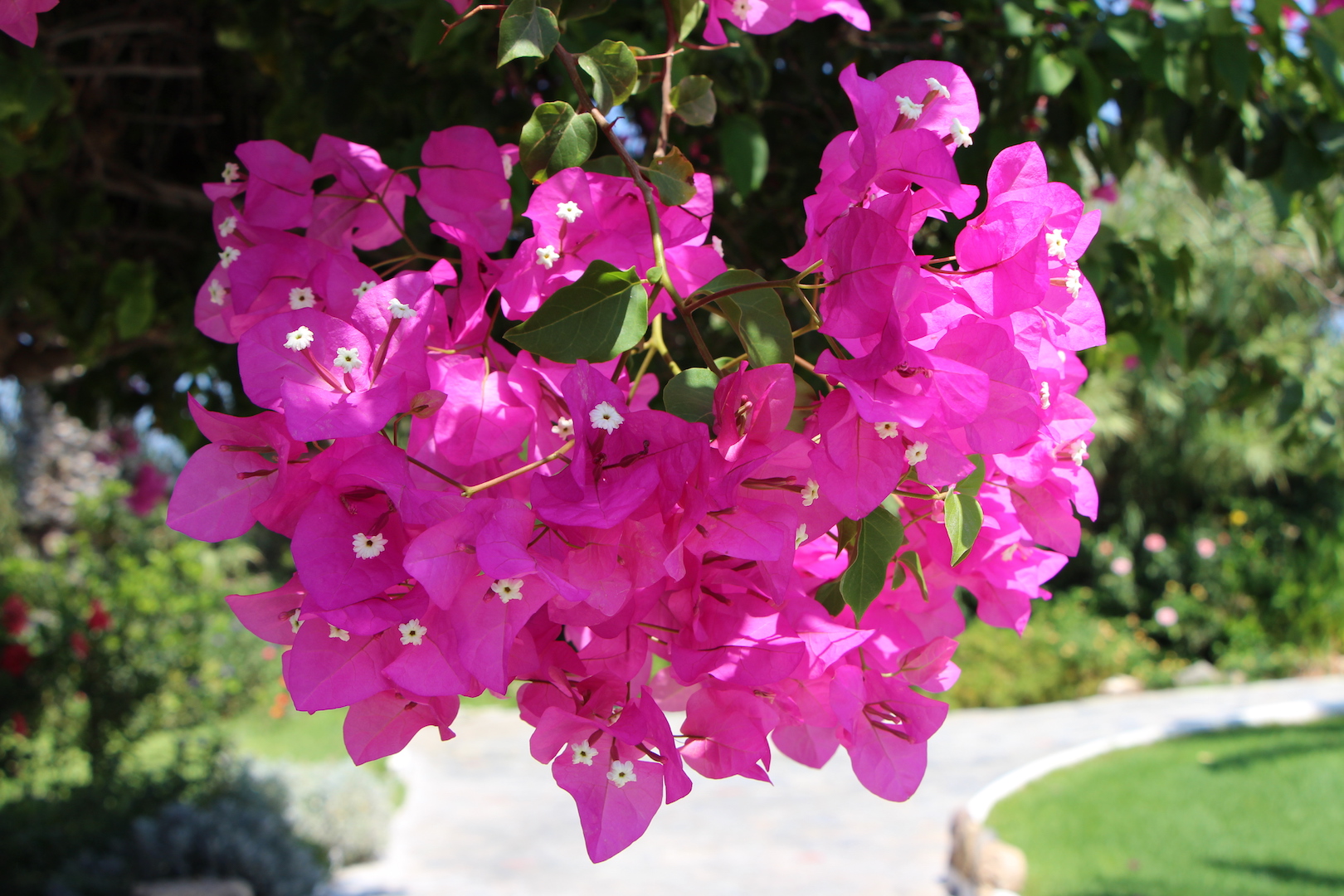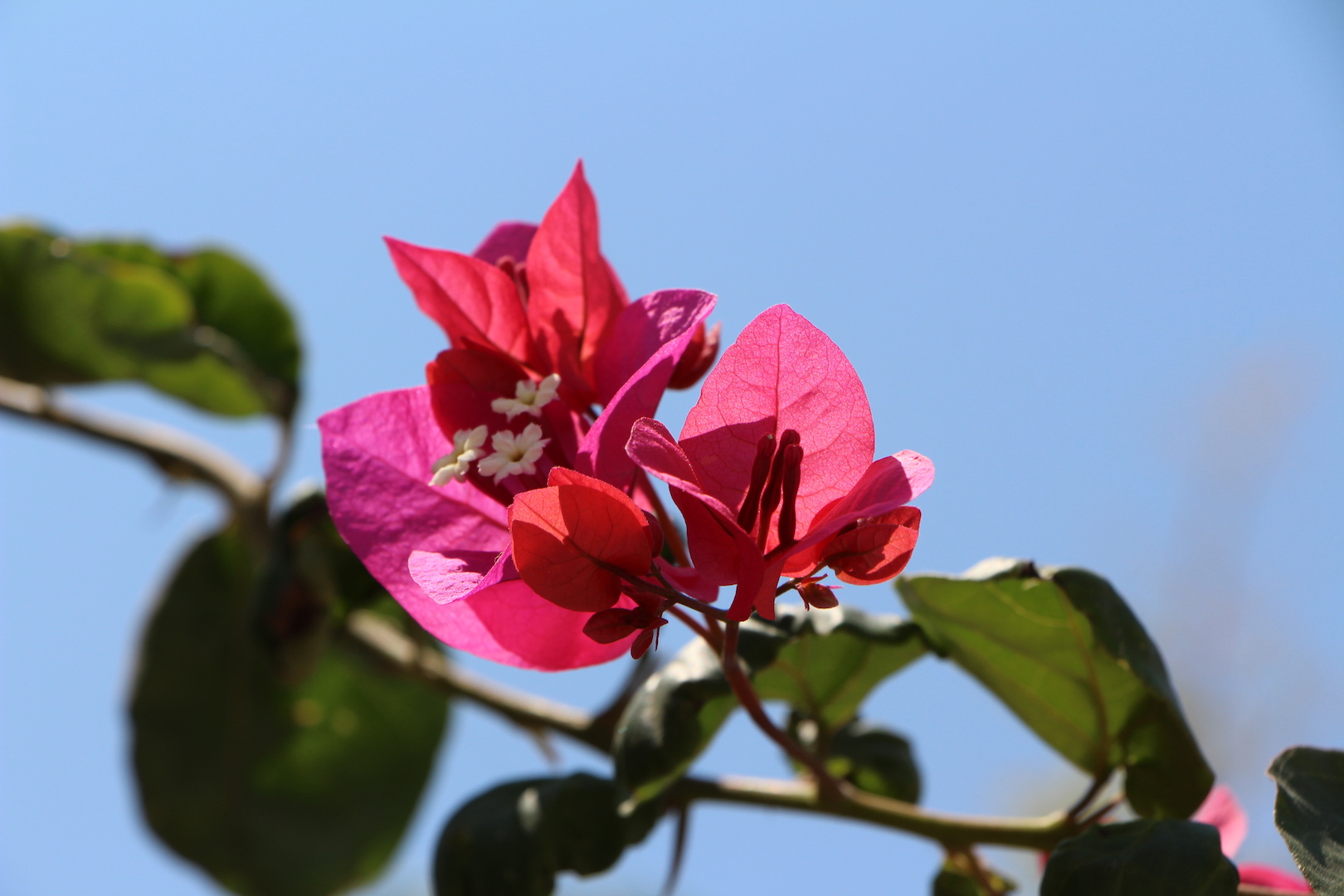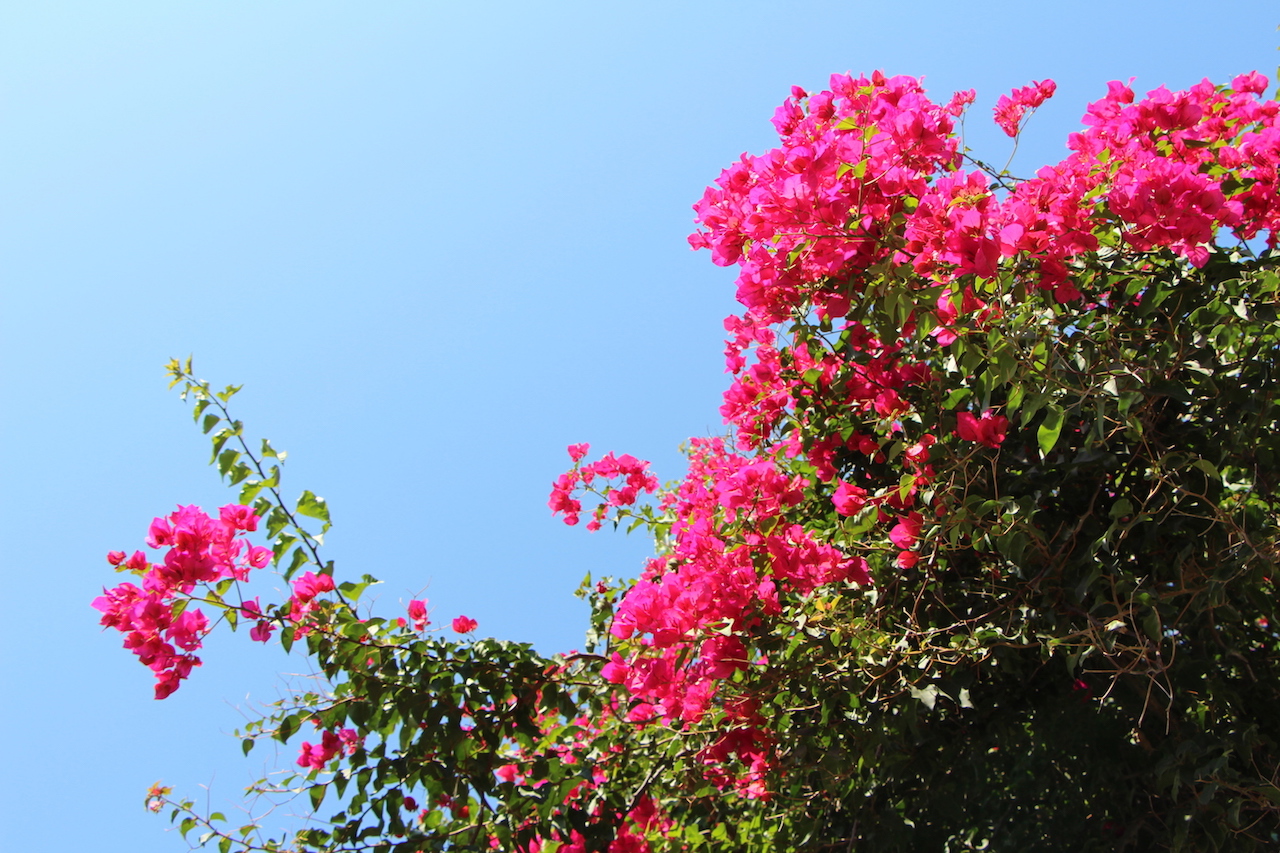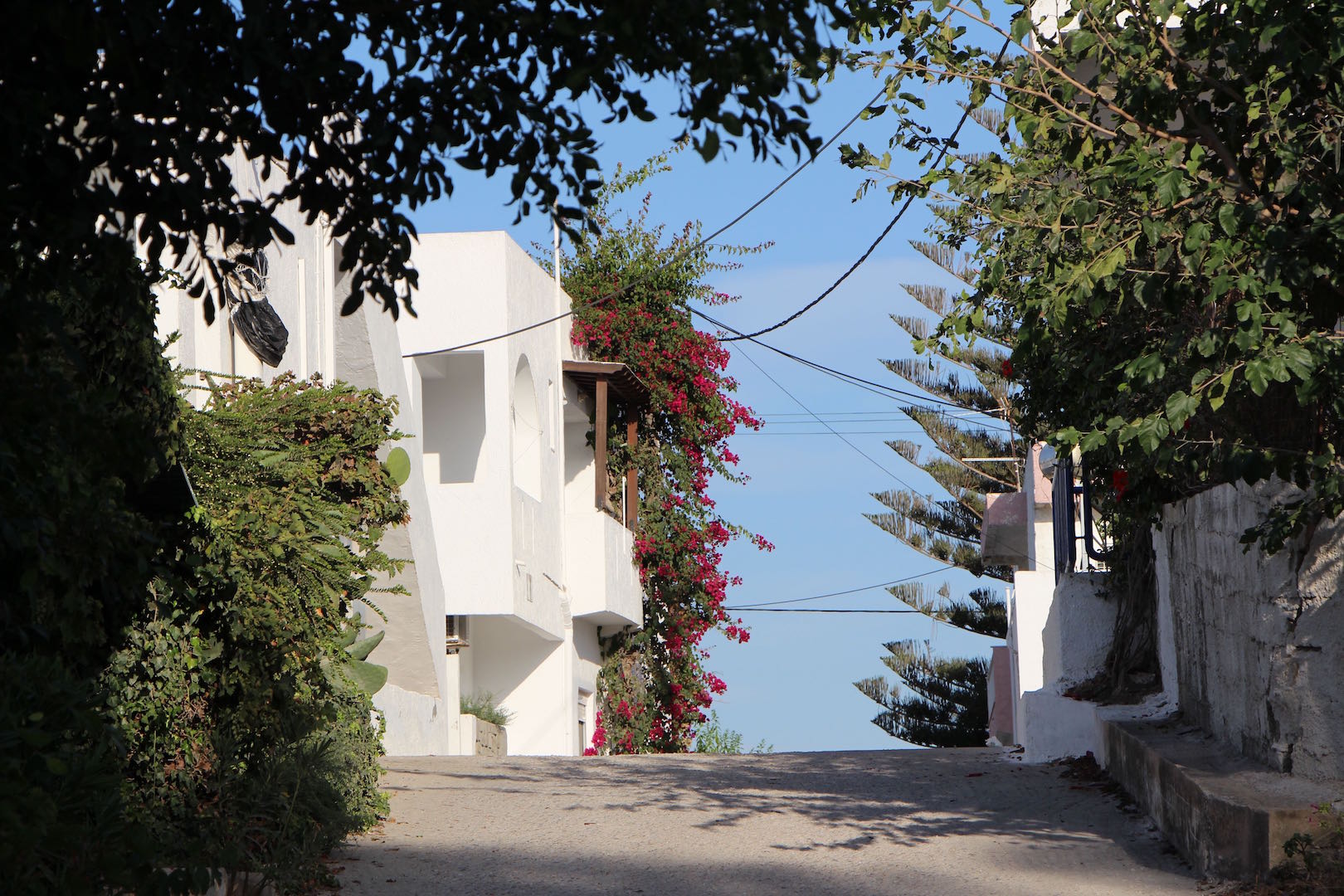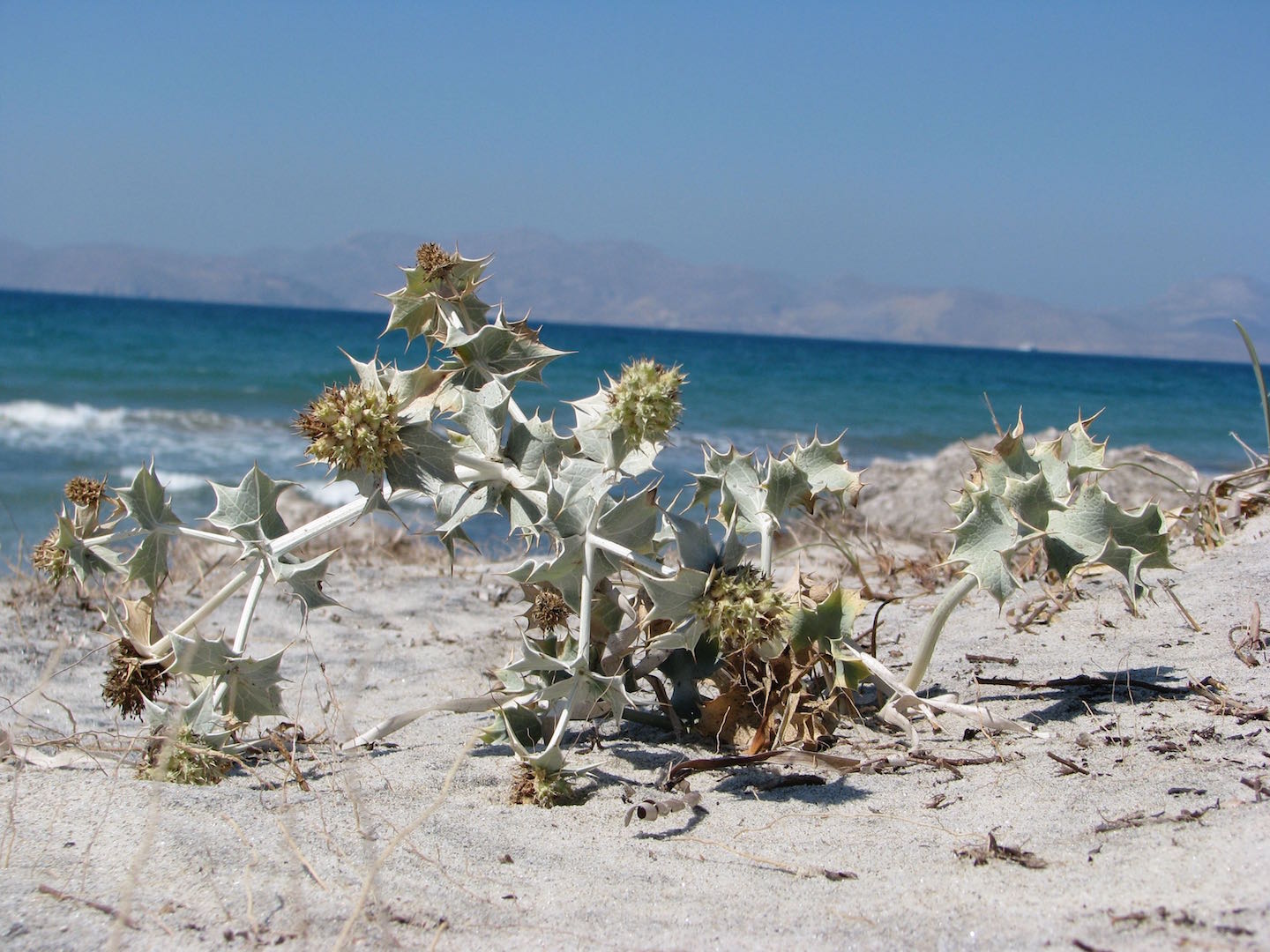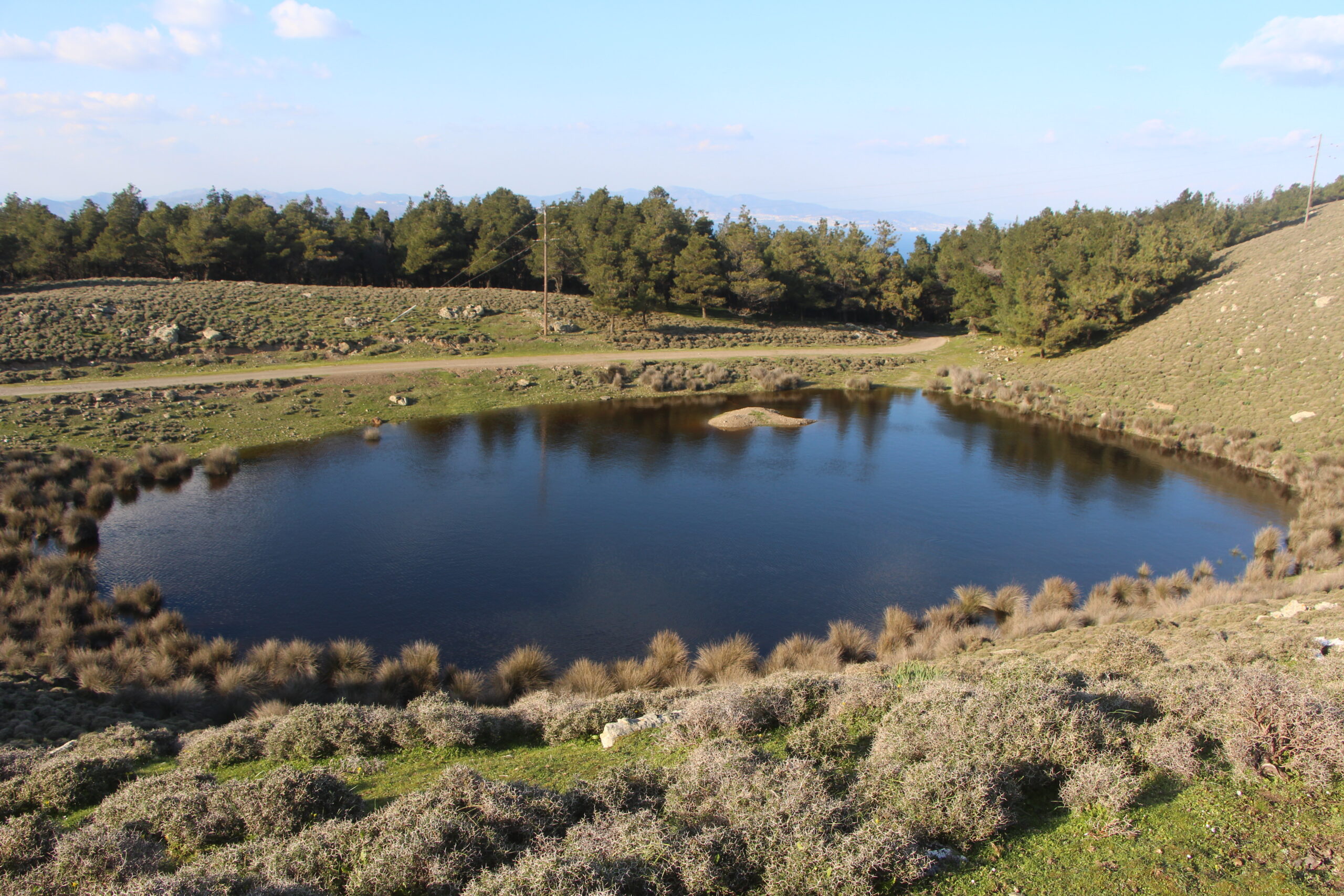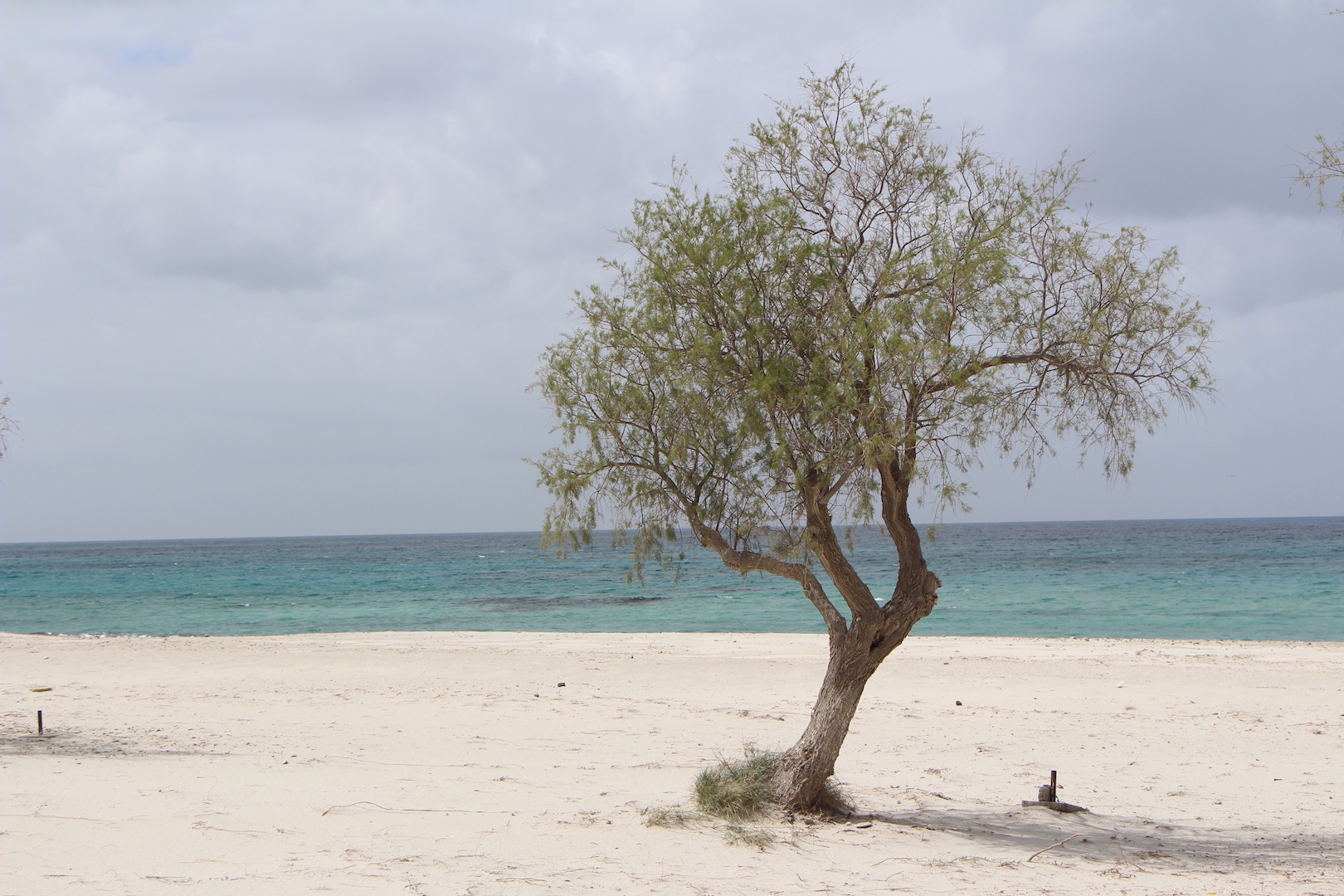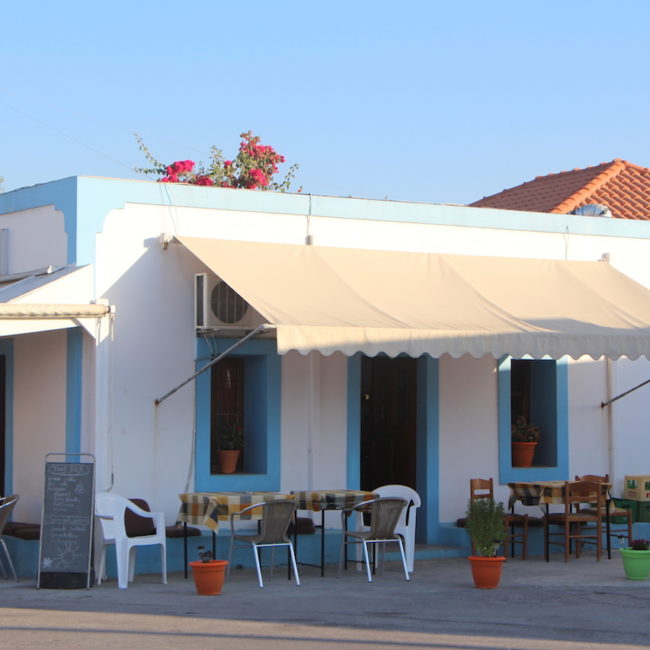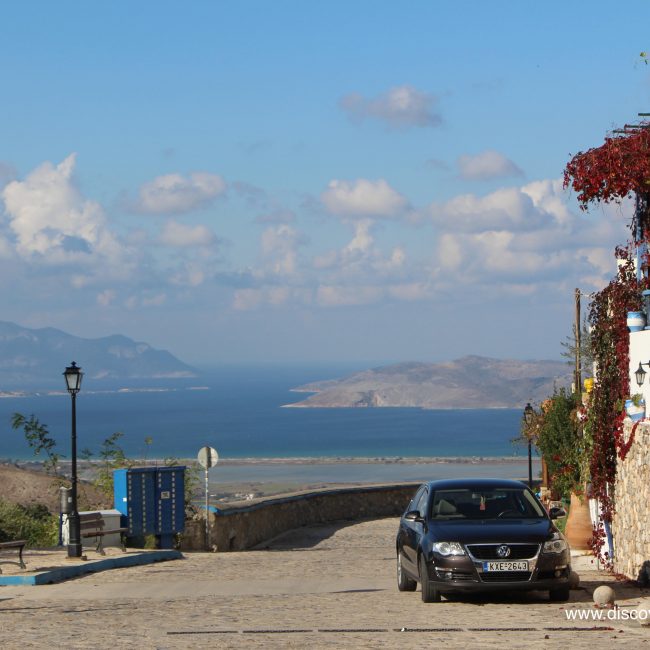Bougainvillea are thorny, woody vines growing anywhere from 1m to 12 m tall. The leaves are small and green. The flowers are small and white but are surrounded by bracts of all colours. These ornamental plants are very popular in Kos and are used extensively wherever we can set them up to climb, as they embellish the walls with their plush greenery and vivid colours.





